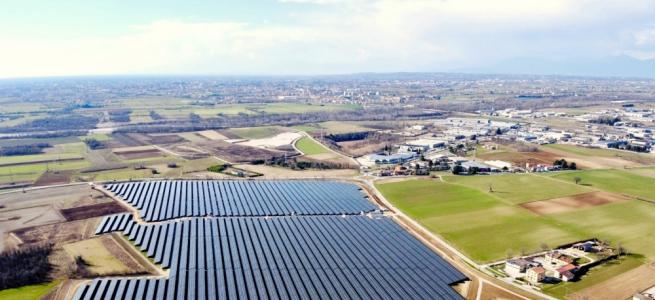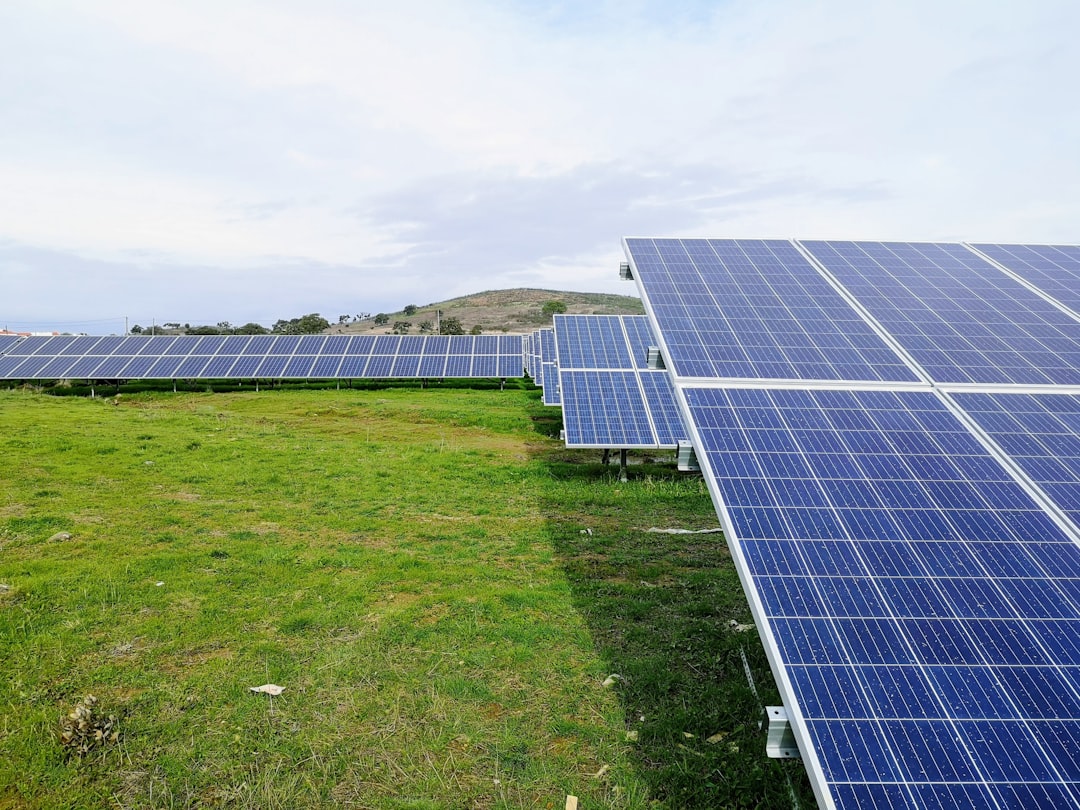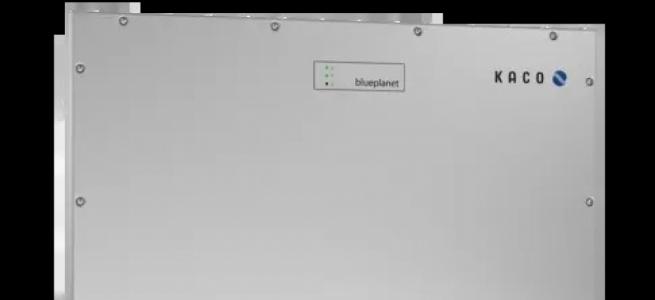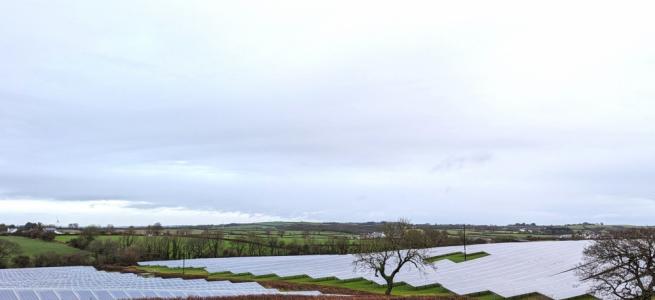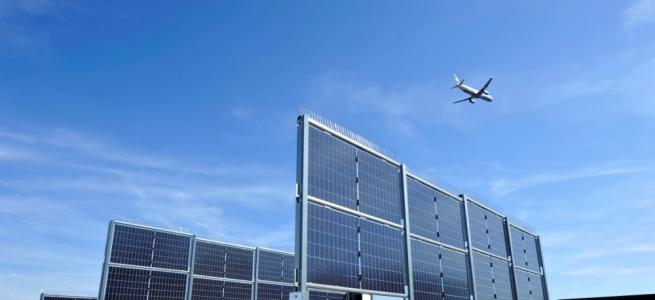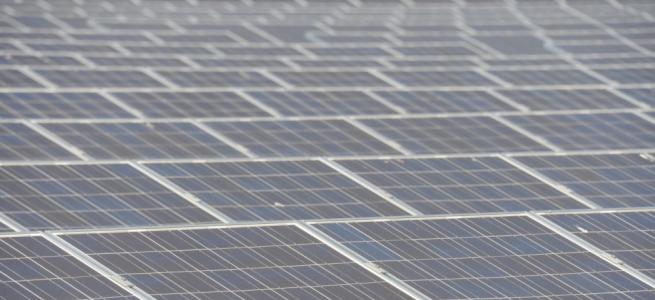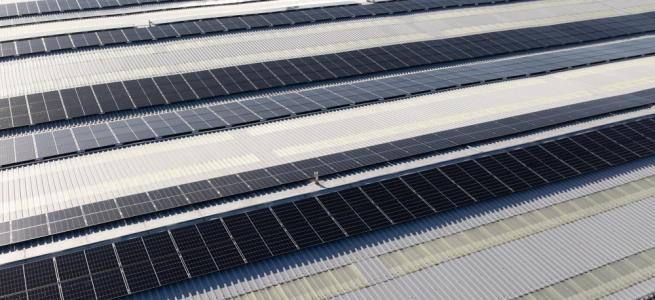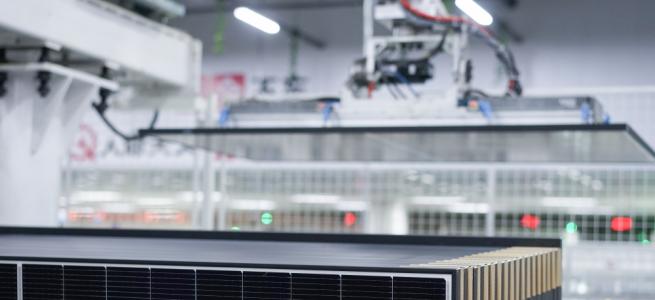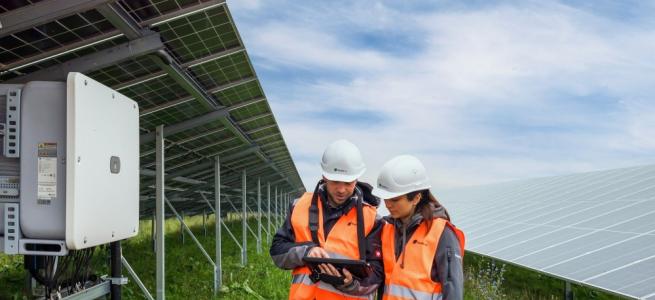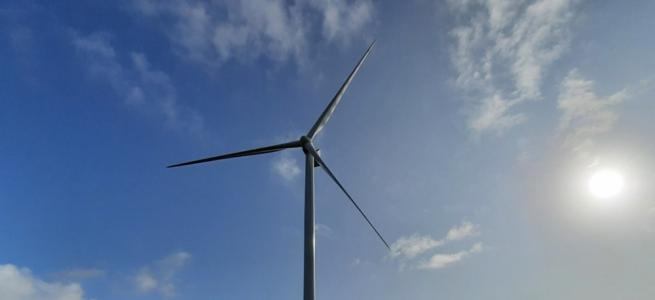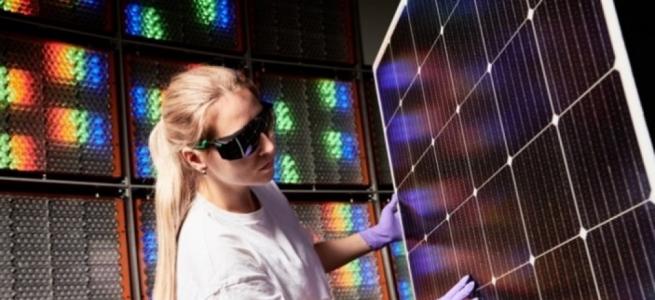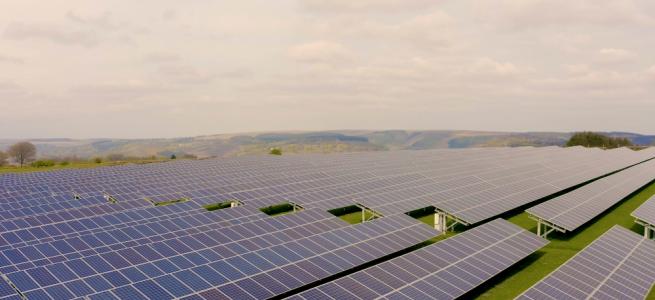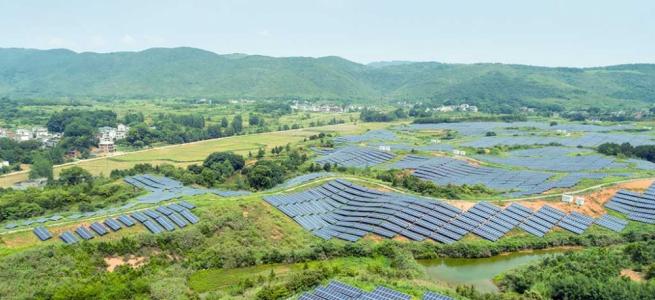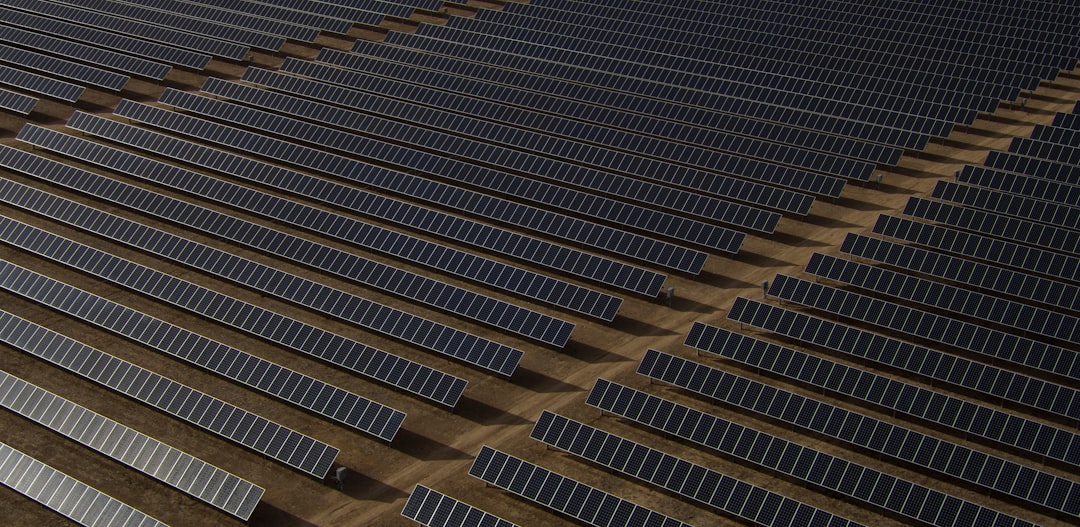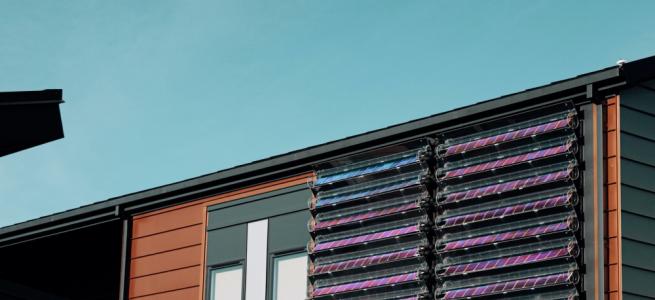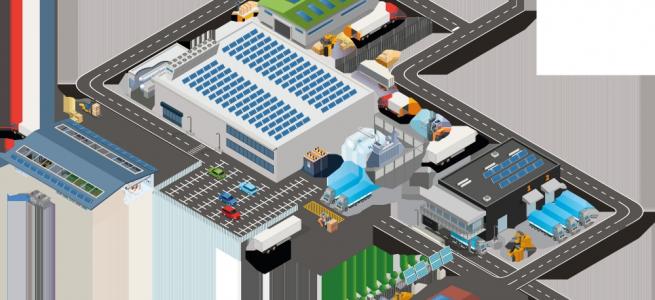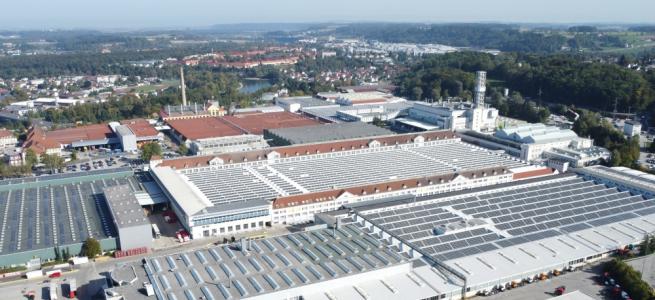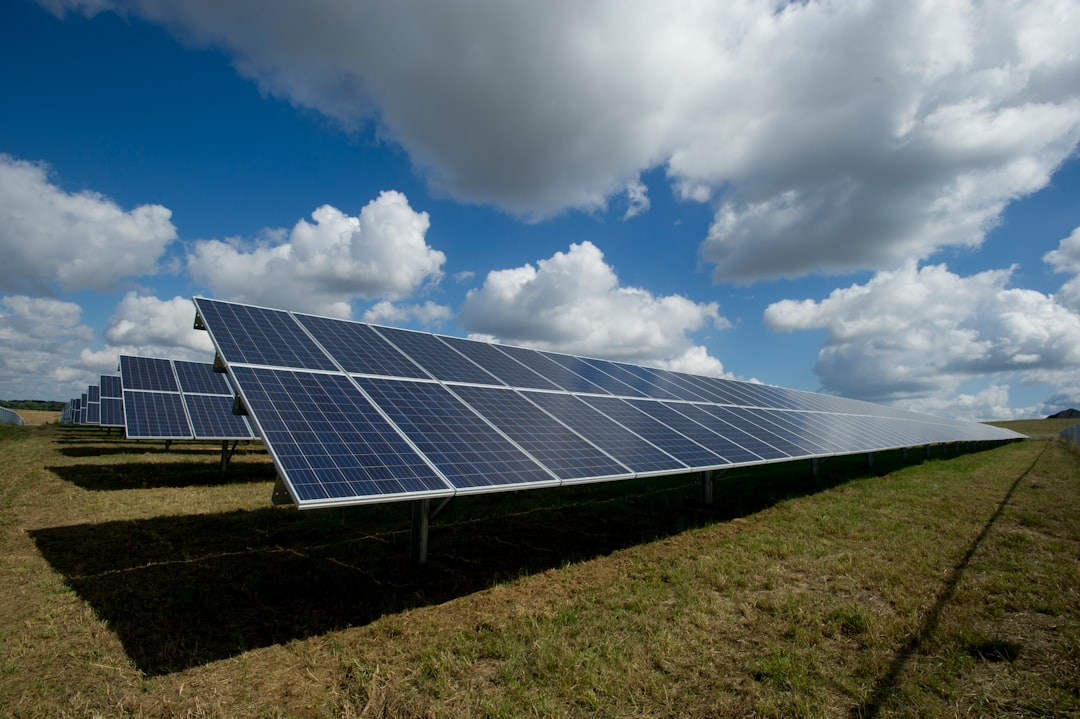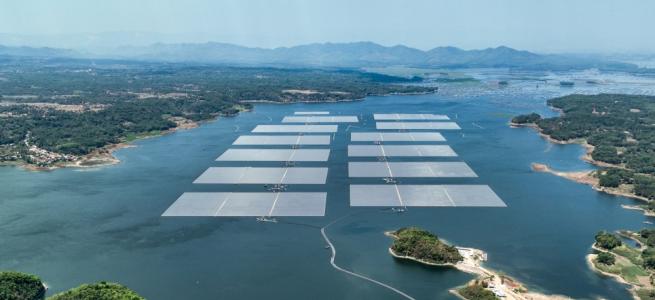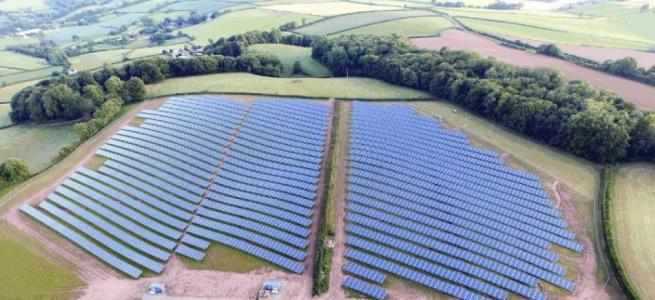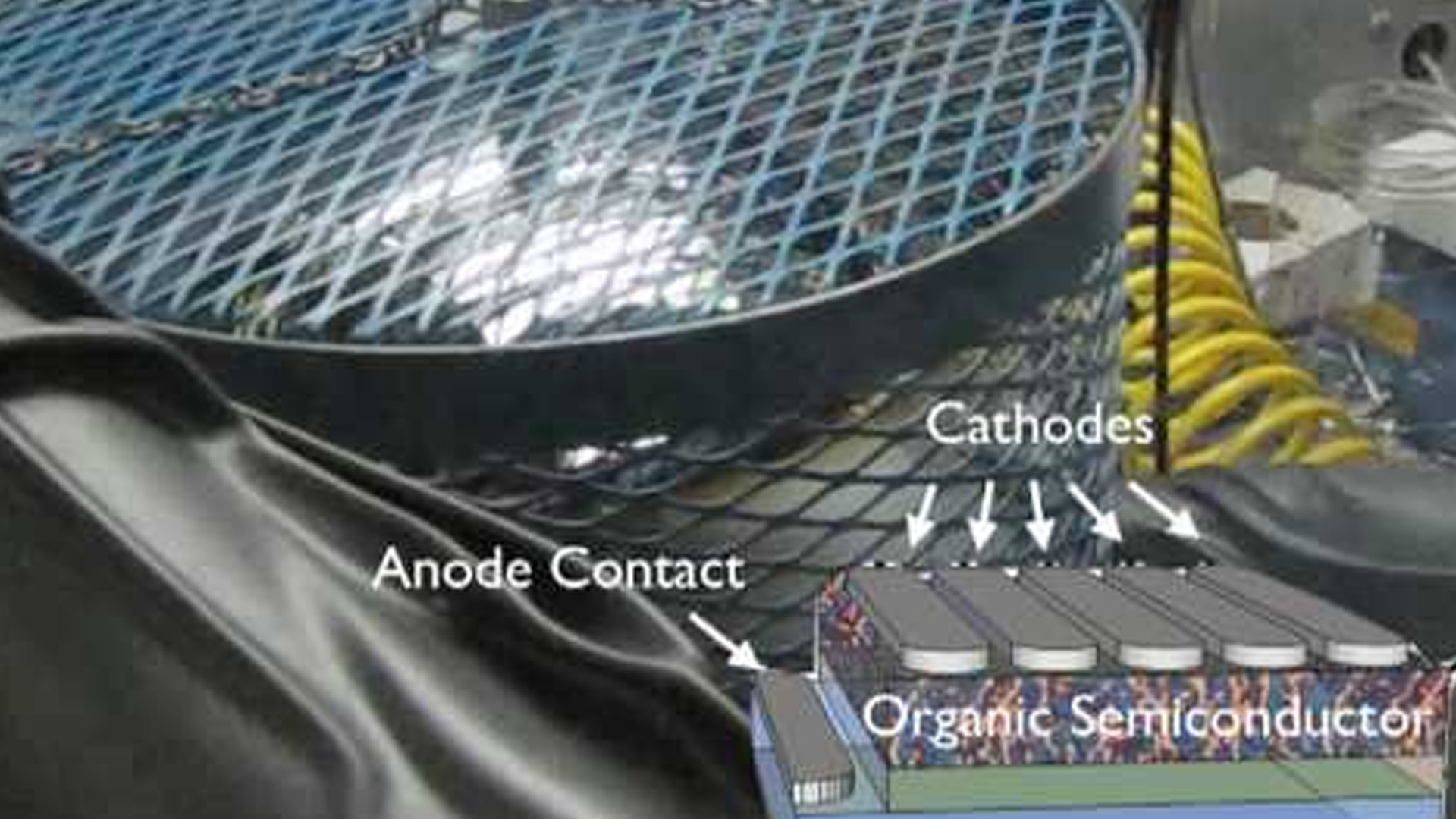INNOVATIVE SUPPORT
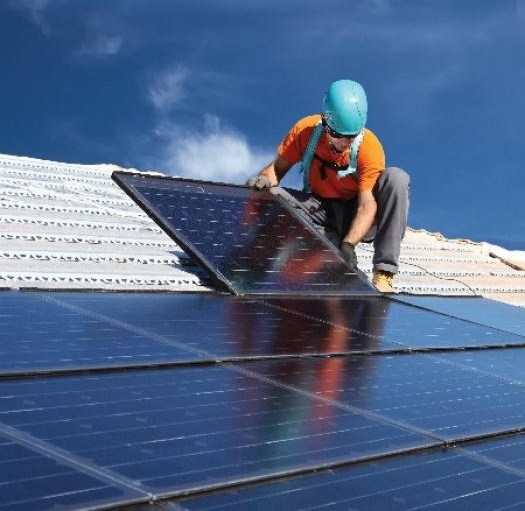
In order to remain competitive, solar photovoltaic (PV) installers are continuously looking for ways to cut installation costs; both with improved hardware and with faster installation. Nora Hendrickson, Solar Engineering Consultant at norizz solar design and Tom Hood, CEO and Founder of Giga Solar FPC describe current U.S. residential trends and innovations in solar mounting hardware for sloped-roof, and introduces a new concept in PV module and support structure design.
2013 was a record-breaking year for the U.S. solar industry, with a 41% increase in the number of total installations. 2014 is on track to be another record-breaking year of solar growth, and there is a continued strong focus on cost reduction. Module prices have come down dramatically over the past few years, and it is not clear that additional large cost reductions can continue, and therefore the emphasis is now on cost reduction in the balance of systems (BOS).
As an example, in 2012, the solar market was introduced to the idea of using microinverters to create AC output at the module level. It seemed that every major module manufacturer was in some stage of contemplating or developing an AC module. The initial idea behind AC modules was to allow for solar installations on roofs that have shading issues. In just a couple of years AC modules using microinverters have become commonplace in the residential market. The benefits of AC modules are three-fold: flexibility in system design, reduced installation risks and, lastly, increased overall system efficiency. All of these benefits result in lower installed systems cost.
Although microinverters are not in and of themselves lower cost than the junction box and series inverter hardware, the introduction of AC modules has lowered the on-the-roof installation time by 30 percent. The time spent in the factory to combine microinverters with the solar modules is a significant cost savings that has reduced installers' operating expenses, and ultimately the system price for the homeowner.
As mentioned, innovation for solar rooftop systems is now focused on the balance of systems (BOS) hardware along with installation labor and soft costs (i.e. permitting, inspection, etc). Much of this activity is centered on the development of low-cost, durable racking solutions that are easy and fast to install.
Current racking hardware characteristics
Rooftop solar installations can be both tricky and time consuming due to the complexity of current mounting and racking hardware, along with the unique characteristics encountered with each roof. Currently, residential solar racking hardware consists of field-assembled parts that are attached to the homeowner's roof. Available racking hardware is compatible with many different types of solar modules, but most of the hardware is not specifically designed to be paired with any one module type or manufacturer. It is common for roof mounting hardware to be selected by the installer. This hardware is manufactured and supplied by companies that do not produce the solar PV module. This separation of module and racking leads to a very large number of possible equipment combinations on the rooftop. Equipment variability combined with installer workmanship directly impacts longevity of a project. As a result, the homeowner is exposed to a wide range of potential outcomes from a quality, cost, appearance and performance perspective. If racking could be integrated with the module, a great deal of variability and uncertainty would be removed from the installation and equipment selection process.
In the U.S. residential solar installations require penetrations into the rooftop to secure the modules, and therefore, one of the risks with any PV installation is the potential for roof leaks. Because PV systems are expected to have a 25-year lifetime, all roof penetrations must be properly sealed. The hardware design and installation quality directly impact the integrity of each roof penetration. An improved system would reduce the total number of penetrations, while also providing a secure sealing method that is proven to provide many years of leak-free performance.
This paper describes a currently popular hardware system (consisting of the EcoFasten Solar bracket combined with a Unirac rail system) to a newly-developed, direct-mount, integrated module and support system from Giga Solar FPC, Inc., a northern California start-up focused on innovative PV modules and mounting systems.
![]()
Figure 1: EcoFasten's simple design with few parts (Source: EcoFasten).
Current hardware design
To accommodate different types of rail supports for solar modules EcoFasten Solar offers three mounting hardware solutions for composition shingle roofs. Figure 1 shows the EcoFasten Solar, GreenFasten GF-1 bracket system. The EcoFasten Solar bracket system is a fast-growing, low-cost attachment method. The GF-1 bracket system consists of only four pieces of hardware as shown.
1. Flashing
2. Compression bracket
3. Bonded washer
4. Lag screw
Another step to lower the cost of hardware and installation was announced by Unirac. The company introduced a new type of rail that has built-in wire clips. This simple design change reduces Unirac's manufacturing costs by 5 to 10 percent - savings that are passed along to installers and homeowners.
![]()
Figure 2: Unirac SolarMount rail system (Source:Unirac).
Wire clips have traditionally been manufactured as separate parts from rails and mounting hardware. By eliminating the need to manufacture separate wire clips, Unirac's development will reduce production cost and increase the efficiency of a system. One less part to order, manage, kit, and install saves installation time and resources. Unirac's product roadmap indicates that incorporating power management and electrical components into racking hardware is the direction for future products.
Current costs
The U.S. national average installed system price for residential PV systems was $4.93/Watt for Q1 2013 Hardware cost is generally unaffected by project location, but there can be a large regional installation cost difference due to labour rates as well as installer-specific issues; such as level of expertise, installer company size and use of best practices. A significant portion of a solar PV system's cost today is labour related. Labour costs include the upfront engineering and system design, combined with installation and project follow-up. For example skilled labour in Texas is less expensive than in California, and this contributes to a mean installed cost difference of nearly $2/Watt (2012 data) with Texas at $3.90/Watt and California at $5.70/Watt. Current cost of installation in the mid-Atlantic is thought to be between $3/Watt to $4/Watt .
The US Department of Energy (DOE) SunShot program has a 2020 target installed system cost of $1.50/Watt for solar PV residential systems. Module pricing has dropped from $3.50/Watt in 2008 to approximately $0.70/Watt today, so the cost reduction emphasis must be on non-module costs. The DOE SunShot goal of $1.50/Watt is based on the cost structure for the system.
The total BOS-related cost (not including the electronics) in the DOE 2020 scenario is $0.84/Watt, which is a 76% reduction from the BOS costs of $3.50/Watt8 reported for 2010. The 2012 BOS costs in U.S. residential PV was reported as $3.82/Watt, indicating that very little progress has been made on reducing BOS costs over the last several years. It's thought that currently ~$1.00/Watt is attributable to the installation labour and non-power electronics hardware which are a part of the BOS costs.
A new approach
Giga Solar modules appear visually similar to traditional glass modules, but the benefits are behind the solar cells. Giga Solar has developed modules that are lightweight and include integrated mounting hardware. Giga Solar modules alone are 60% lighter than traditional glass modules. Giga Solar modules are a non-glass and frameless design that rely on a high-strength, rigid composite to support the crystalline silicon cells.
![]()
Figure 3: Giga Solar PV module and support structure.
In the factory Giga Solar's module is directly attached to a lightweight, low-cost aluminum support structure, thus creating a single component for easy and fast installation at the job site. The corrugated pattern of the metal support structure (shown in Figure 3) allows for both the cooling of the modules, as well as, for an efficient transfer of wind and snow loads from the module to the roof. The bolt slots at the ends of the support structure allow for quick attachment to the roof. Giga Solar modules offer a true flush-mount on a composition shingle roof, giving a clean look to the system (Figure 4).
![]()
Figure 4: 260Wp Giga Solar modules installed on a test roof.
A typical 260 Watt, 60-cell glass solar module weighs 40 - 45 pounds, while a 60-cell Giga Solar module (only) weighs just 16 lbs. and produces the same power. The combined weight of a 60-cell Giga solar module plus support structure is 27 lbs, still a 35% weight reduction from the traditional glass solar module (alone). Heavy modules lead to higher transportation costs, longer installation time, potential installer injury and higher roof loads.
The module support structure includes pre-drilled wire management holes with silicone grommets. Figure 5, below, shows a junction box and jumper cables that run through the integrated mounting support structure. This solution prevents conductors from being directly exposed to UV and the weather, as well as to (hungry) animals. It also eliminates any chance that the conductors will become loose and sag onto the rooftop where they could wear prematurely. The inter-module connection (see Figure 6,) is made at the edge of the module support structure where the MC3 or MC4 connector passes through the aluminum wall to the adjacent module. This design provides a true plug-and-play installation.
![]()
Figure 5: Giga Solar JBox with electrical conductor management.
![]()
Figure 6: Traditional PV connectors for high-integrity module-to-module connections.
Giga Solar benefits
The benefits of Giga Solar's technology can be grouped into three main categories "“ hardware cost, installation labour cost and design flexibility. The Giga Solar product is designed to make every installation quick and simple.
There are only two main components to attach to a composition shingle roof:
1. The roof flashing, and
2. The integrated module/support structure
The Giga Solar aluminium roof flashing is similar to an EcoFasten flashing but is supplied in long strips. These long strips come with pre-drilled holes on 16" or 24" centres for attachment with lag screws to the underlying rafters. Once the first rafter is located, the flashing is placed and attached, providing a template for additional rafter-attachments through the pre-drilled holes. This saves time during installation and increases accuracy of locating rafters. The combination of light weight and direct mount allow for approximately 20-30% fewer penetrations than current systems, saving labour and decreasing the likelihood of a leak later on.
The flashing strip includes pre-assembled bolts that "stick up" from the roof surface. The inter-bolt spacing is matched to align with the inter-hole spacing on the aluminium support structure mentioned earlier. Once the flashings are in place the module/support structure is lowered onto these bolts, a washer and nut are used to secure them to the roof via the flashing strip as shown in Figure 7. Module racking and mounting hardware described earlier in this article contributes approximately $0.44/Watt to the cost of a US residential solar installation. The value-add of module-integrated mounting, such as proposed by Giga Solar, is expected to save 50% or more, eliminating a minimum of $0.22/Watt from the cost of residential mounting hardware today.
![]()
Figure 7: Attachment of the module/support structure to the roof.
Labour costs
From a labour standpoint, the time that it takes to install a residential solar system depends on:
-System size
-Roof complexity
-Hardware design
-Skill level of the installation crew
The Giga Solar system is designed to go onto the roof much quicker than the existing systems. Today's labor costs for US Residential PV systems is in the range of $0.51 to $0.55/Watt . Although Giga Solar cannot provide actual installation cost data at this point in time, the company believes that it's simplified, direct-mount system can reduce installation cost by as much as $0.35-$0.40/Watt.
Summary of cost savings
The combined savings from hardware and labor for the Giga Solar system in residential rooftop installations could therefore be as much as $0.55 -$0.60/Watt. On a 6kW system these savings amount to $3,600 and helps to bring the total installed system costs that much closer to the DOE SunShot goals for 2020.
Design flexibility
Standard crystalline solar PV modules are typically either 60-cell or 72-cell configurations. Giga Solar is currently evaluating modules larger than 72-cell to allow for greater design flexibility (and lower BOS costs). Giga Solar modules are feasible in large sizes because of their lightweight design. With the ability to construct rooftop modules from 105 to nearly 500 Watts, Giga Solar modules have the potential to dramatically change how rooftop solar projects look and how they are designed.
In addition to a limited variety of sizes, the current residential PV module manufacturers offer a limited number of solutions for complex roofs. Small and non-rectangular modules could provide increased roof coverage resulting in higher system performance and better appearance.
This design variation is difficult for standard module manufacturers due to the fact that module glass is cut to a specific size and then tempered, which does not allow for off-size or custom shapes. Giga Solar's non-glass construction and large module sizes could satisfy multiple needs for complex roofs. To validate the concept of Giga Solar's lightweight modules, several residential solar installers were polled. The overall initial reaction was very positive, with some common questions about grounding details, running homerun wires for large arrays, and (micro)inverter compatibility.
The most common comment was related to the lightweight design of the Giga Solar modules. Diego Creus, owner of Argent Solar in Arizona said, "I'd love to be loading 15 pound modules on a roof. I am too old for the 40 to 45 pound modules." Creus was also impressed with the ability to select modules larger than 72-cells. In Arizona, there are many planned communities that have tract homes with large open roof space. Creus mentioned that if he could use a single large lightweight module to cover an entire roof surface with a lower $/Watt cost, "he'd switch to Giga Solar modules in a heartbeat."
Shahin Haynes of Peak Power Solutions in California thinks that the concept of the lightweight module is good, but sees several potential setbacks related to permitting. Haynes' main concern is related to the corrugated racking material, he said, "I see issues with the wind getting up underneath that material and acting like a sail and I know cities would be asking tons of questions as well. In order to fully validate the strength of the corrugated support structure, Giga Solar must have the modules tested, evaluated, and certified by proper listing agencies before they are available for market use."
Market entry
The next steps of development include electrical hardware certification, power management compatibility and testing, fire-rating testing, accelerated lifetime testing, and formal listing by California Solar Initiative (CSI). The modules must be certified by UL or ETL to validate their electrical components and ensure that they meet all requirements set forth by the National Electric Code (NEC). Giga Solar's modules and mounting structures are available today, but come without full IEC/UL certification. The certification of the Giga Solar modules will have to include evaluation of the integrated support structure. This certification will include wind and snow load calculations to confirm that the support structure is able to meet the expected stresses in extreme weather conditions.
Conclusion
The solar PV industry is growing fast and is expected to have an exciting future. The rate of growth will depend heavily on how quickly new products can reduce the cost of the PV system. There is great potential for solutions like Giga Solar's lightweight, integrated module and support structure to change the way that residential solar systems are installed. Once tested and certified, Giga Solar modules will provide lightweight, racking-integrated, size-scalable modules with flexible design options.
Combined with power management technology such as microinverters and DC-DC optimizers, PV technology of the future can provide homeowners high-performance and low-cost renewable energy solutions that are easy and fast to install.


